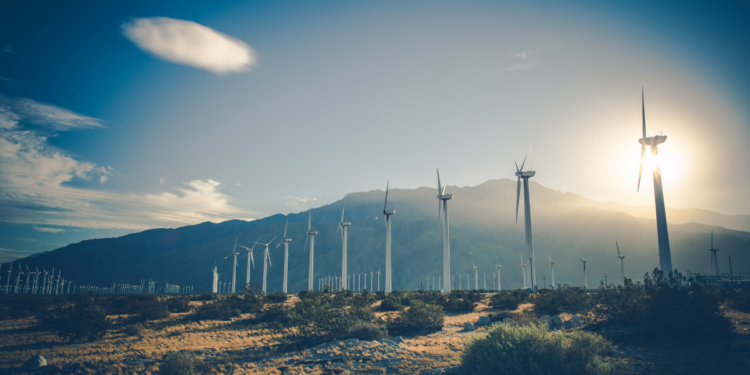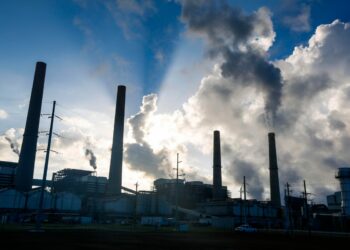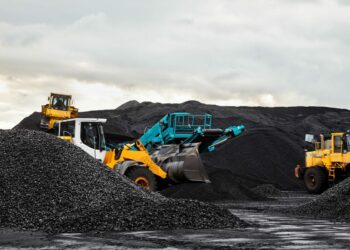In a startling turnaround, California Governor Gavin Newsom announced that he would consider allowing the operator of the State’s one remaining nuclear power plant, located at Diablo Canyon, to petition to keep the facility operating past its scheduled 2025 shutdown date. Citing a need for supplies of energy, Newsom stated “we need more tools in our toolbox.”
Newsom’s position marks almost a complete break from his previous views and statements. As Lieutenant Governor in 2016, Newsom was part of a deal reached with environmentalists and union workers to close Diablo Canyon – long a target of environmentalists due to its proximity to several earthquake fault lines and because of other environmental issues – ostensibly due to the fact that the State’s shift toward renewable supplies would obviate the need for continuing energy production at the site. While renewables have made significant strides in California, there is no possibility that they can be the primary energy source for California’s nearly 40 million residents in the near future.
In fact, so vast is the gap between the hopes for renewable energy and their reality that California environmental officials actually celebrated the news that on Saturday, April 30, the Golden State produced enough renewable energy to power itself fully – for just 15 minutes. Of course, that is only a theoretical calculation, comparing the amount of energy produced in California for that specific time period against the total amount used in the entire State. However, it says nothing about how that energy might, in fact, be transmitted to where it is needed so all who need it can actually use it, since production of excess power in one location is essentially meaningless without there also being a reliable and safe means of transmitting that surplus to elsewhere in the State where demand outstrips supply. Each element of that calculus has its own set of environmental, safety, and reliability issues which cannot be downplayed.
That being said, the milestone is important, both in showing how far we’ve come in achieving renewable energy independence to date, and how far we still have to go. Fifteen minutes in May in California – where the weather often is nice all year round, and the demand for electricity is likely far more uniform than elsewhere in the country – has little relation to energy requirements on a 24/7 basis in places like Chicago or Boston. Still, it’s far better than we have ever reached before, and it shows what we possibly can attain.
The problem, of course, is what do we do in the interim – that is, until the switch to all renewable energy becomes sufficiently widespread and reliable that it can actually meet the energy needs of the rest of the country – and that depends partly on what we believe. If, like New York Congresswoman Alexandria Ocasio-Cortez, we believe that the world as we know it will effectively end in twelve years without drastic climate action, then our decision is made.
Governor Newsom apparently believes otherwise. He understands that, as we transition to renewables, we will still need power. In other words, we will need an available and reliable interim source of energy because we cannot expect to make so sweeping a shift to all renewable sources virtually overnight. While this may seem obvious, California often has acted otherwise. But perhaps the magnitude and breadth of the current challenges are having an impact. California’s water resources keep shrinking and are reaching truly dangerous levels. Critical infrastructure, like the Oroville Dam, came close to collapse and needed emergency repairs, costing close to $1 billion. Pacific Gas and Electric’s power lines have been blamed for some of the worst forest fires the Golden State has ever seen, including the recent “Dixie Fire.” Long-time residents are fleeing in droves, resulting in California’s first loss of representation in the United States Congress in history.
Major decisions need to be taken now. Recently, Governor Newsom announced he would support banning fracking by 2024. Meanwhile, residents in California’s leading energy producing county, Kern County, are seeing a decline in jobs and tax revenue. If Governor Newsom really intends to ban fracking in the next few years, he will need some way to continue providing Californians with electricity and power until the critical infrastructure is built to allow a complete shift to renewables in fact to occur. For the Governor, his Diablo Canyon decision is only the first of what likely will have to be many compromises in order to keep the State working and simply livable. It may be a small first step, but in a place like California where environmental extremism has often tended to trump realism, the Governor’s stance is a marked change. The real questions are how long will it last, and will other states follow Governor Newsom’s lead?











